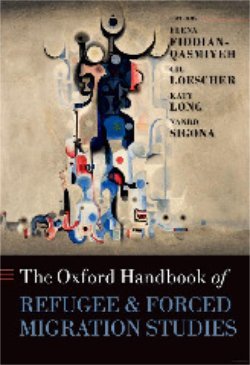By Heather J. Clawson, Nicole Dutch, Susan Lopez and Suzanna Tiapula
This study examined the effectiveness of existing U.S. Federal and State legislation in providing prosecutors with the tools needed to gain convictions of those charged with human trafficking, defined as “the use of force, fraud, or coercion to exploit a person for profit.”
The findings suggest that once human trafficking prosecutions have begun, guilty verdicts are likely. Just over 85 percent of the 298 cases prosecuted under the Federal Trafficking Victims Protection Act (TVPA) during the past 7 years have resulted in convictions. Prosecutors experienced in managing human-trafficking cases have collaborated with local, State, and Federal law enforcement agencies and nongovernmental organizations; assisted victims in accessing services; identified key evidence; and used proven prosecutorial techniques. Ongoing documentation, monitoring, and analysis of the prosecutions of human trafficking cases within Federal and State courts are needed so as to monitor progress. Convictions are just one measure of success. More information is needed on reduction in the prevalence of this crime and how effective work with trafficking victims is in helping them to reclaim their lives. Ten prosecutors who represented 13 offices involved in 86 percent of the 268 cases identified for the study advised other prosecutors to be patient and set low expectations, to be ready to make a significant investment of time, to be sensitive to the victims, to establish a good rapport with law enforcement, to use investigative techniques that normally would not be used, and to think proactively about what charges can be brought against the defendants. The 77 State and local prosecutors from 27 States who completed a survey noted the importance of having a collaborative and unified investigation, addressing the victims’ needs, having sufficient resources, and the importance of training law enforcement officers and prosecutors to raise awareness of the problem
Fairfax, VA: ICF International, 2008. 94p.





















